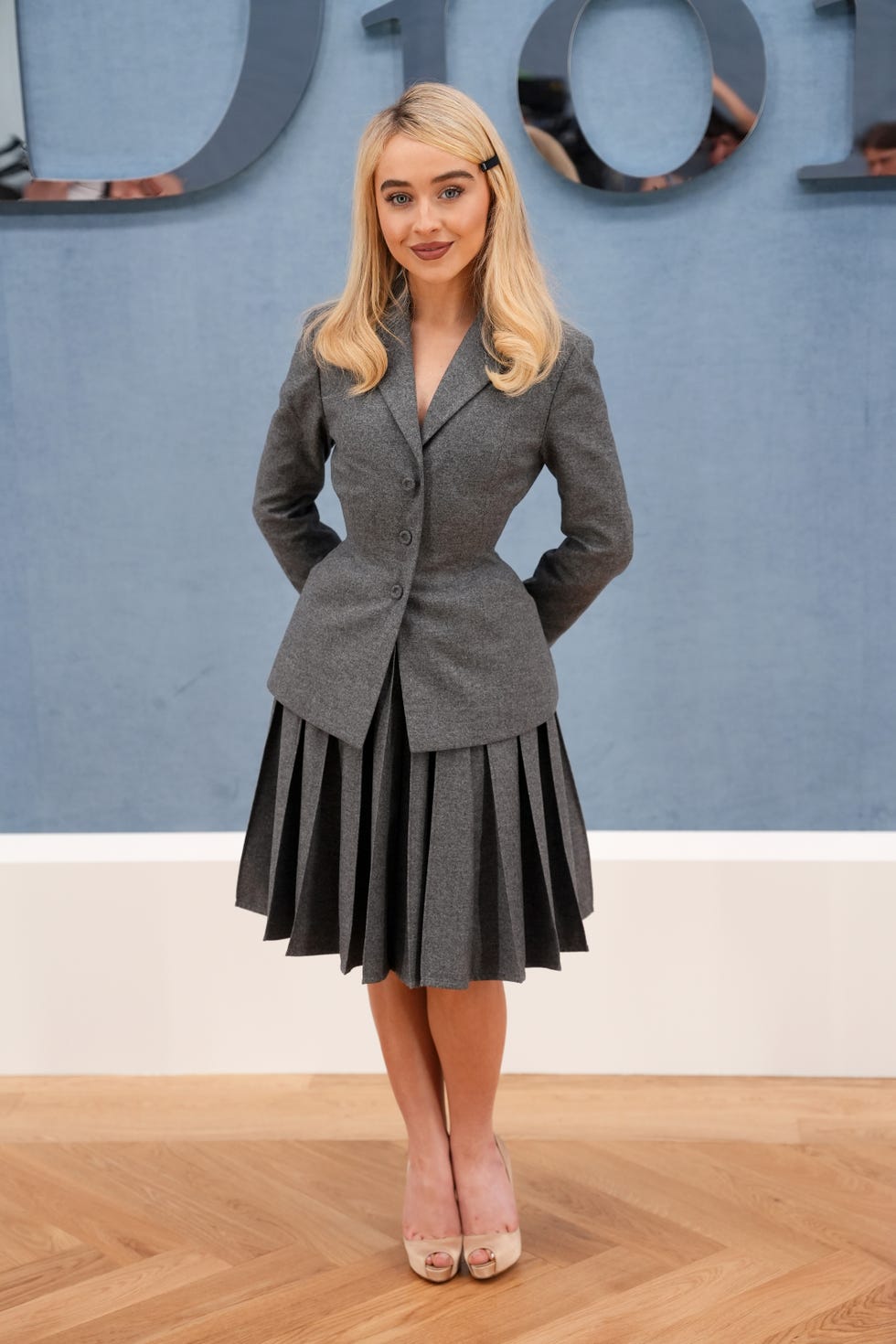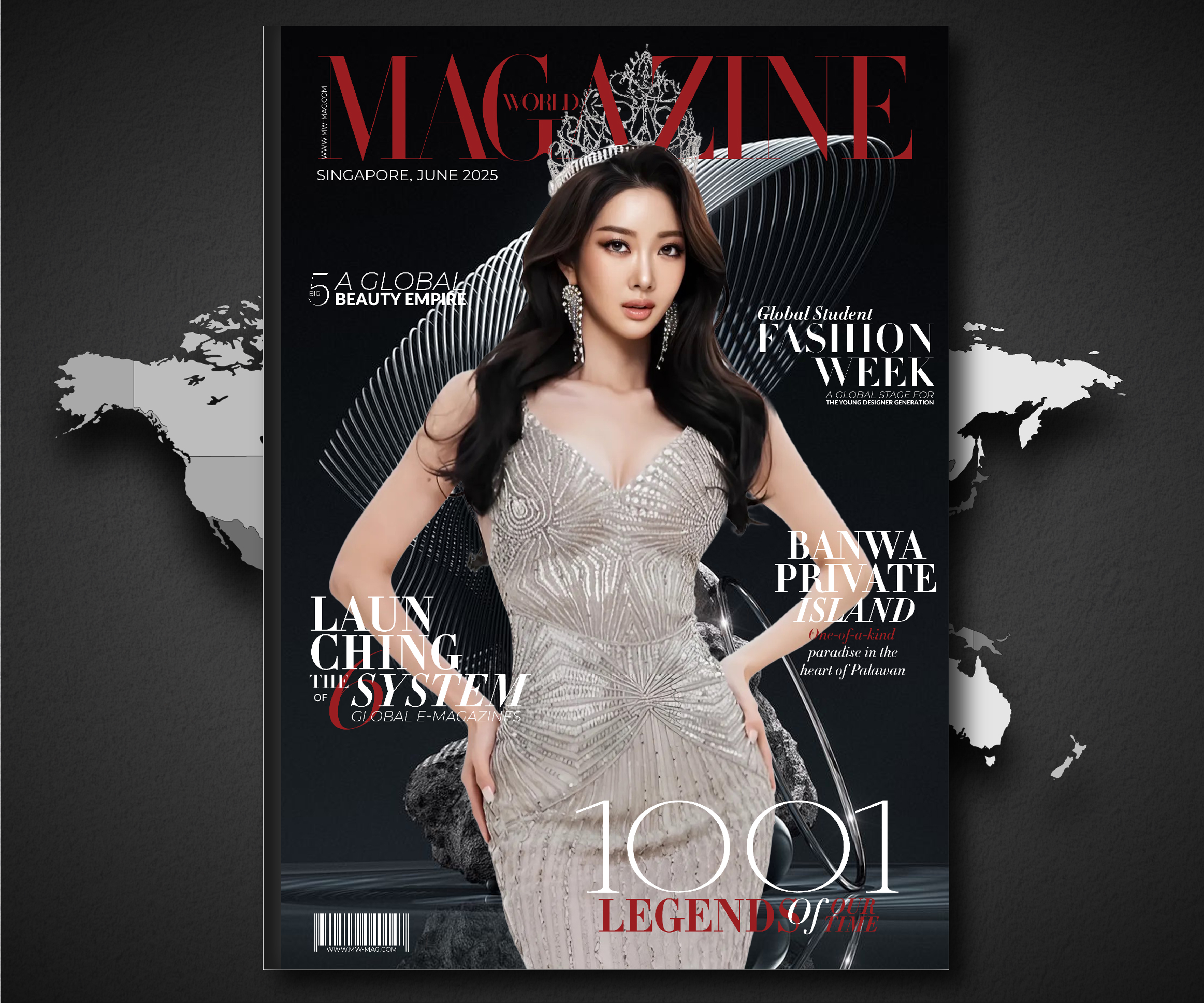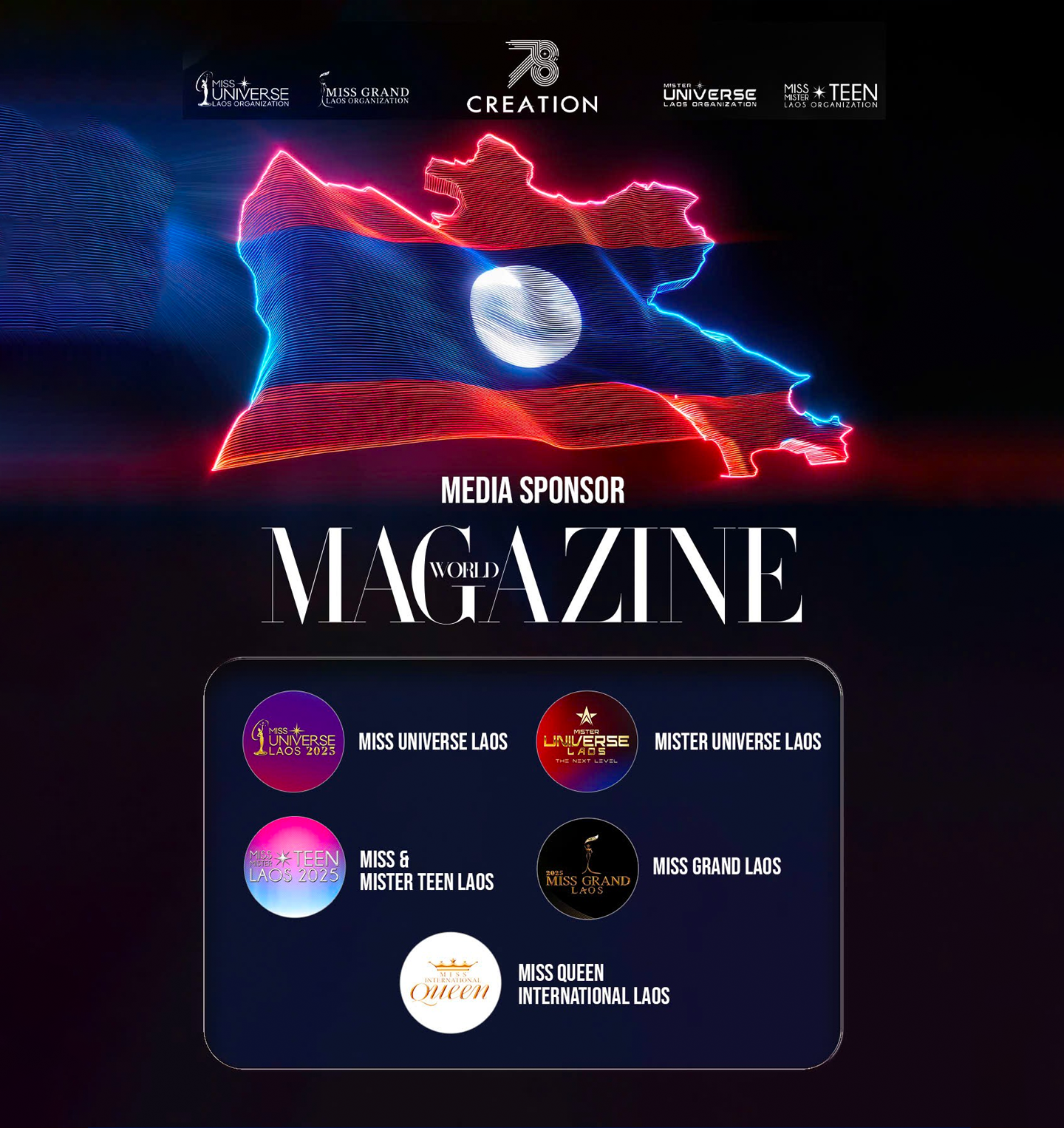As Jonathan Anderson prepared to unveil his much-anticipated debut collection for Dior Men’s, it wasn’t the runway but the front row that first hinted at his direction for the storied house. Enter Sabrina Carpenter—pop star, provocateur, and now unofficial Dior muse—wearing a reimagined version of the label’s iconic “New Look.” With this choice, Anderson wasn’t just teasing his vision; he was signaling a sharp, playful, and culturally tuned-in approach to Dior’s past and future.
A silhouette steeped in legacy
The original “New Look,” introduced by Christian Dior in 1947, was nothing short of a sartorial revolution. After years of wartime austerity, Dior’s ultra-feminine silhouette—characterized by a sharply tailored bar jacket with padded hips and a full, sweeping skirt—reclaimed elegance, glamour, and domestic ideals for a post-war generation. It was controversial and captivating, celebrated as a return to form by some and criticized as regressive by others.

Over the years, Dior’s New Look has remained one of fashion’s most enduring references, a symbol of femininity reshaped by evolving cultural tides. Most recently, Maria Grazia Chiuri, Dior’s longtime womenswear director, played with the silhouette through a feminist lens—softening, subverting, and sometimes starkly recontextualizing it to better suit a modern woman. So when Sabrina Carpenter arrived at the Dior Men’s show in a familiar—but different—version of this iconic shape, it was more than a red carpet moment. It was a message.
Sabrina Carpenter as the unexpected muse
The choice of Carpenter, who’s carved out a distinct space for herself in pop culture with her sugar-sweet voice and provocatively knowing image, was anything but accidental. Dressed in a grey wool suit—a subtle nod to Chiuri’s fabric signatures—her look exaggerated Dior’s classic hourglass form with a cinched waist and padded hips. Yet, instead of a full skirt, Anderson opted for a slim, wide-pleated version, stripping away the drama of volume while preserving the theatrical contour.
It was a masterclass in restraint and recalibration. The silhouette was unmistakably Dior, but pared back in a way that felt suited to today’s aesthetic climate, where hyper-femininity is less about passivity and more about performance. Carpenter, who regularly blurs the lines between coquettish and commanding in both music and image, wore the look with a self-awareness that fit the moment—and Anderson’s ethos—perfectly.
Her presence also hinted at something broader. If this is the woman Anderson envisions in the orbit of Dior Men’s, she’s bold, intelligent, and not afraid of playing with perception. Carpenter has been a lightning rod in recent months, her public persona dissected in think pieces and TikToks alike. By choosing her, Anderson was clearly engaging with more than fashion. He was dipping into dialogue.
A new kind of reverence

Jonathan Anderson has built his reputation on subversion and scale—his years at Loewe have been defined by experimental silhouettes, exaggerated proportions, and a deep respect for craft that never veers into nostalgia. So his take on Dior’s New Look wasn’t simply about honoring the past—it was about reinterpreting it through a modern, gender-fluid lens.
That reinterpretation begins with proportion. Anderson’s version didn’t rely on volume to create drama, but on precision tailoring and unexpected fabric choices. By exchanging the skirt for something narrower, he preserved the essential form while introducing movement and modernity. And by choosing to debut it on a woman attending a menswear show, he subtly collapsed the boundaries between Dior Homme and Femme—perhaps foreshadowing a more integrated vision for the house.
This quiet gesture spoke volumes. In fashion, reverence doesn’t have to mean replication. Anderson is clearly interested in the codes of Dior, but only as material to be recut, restitched, and reshaped into something new. His version of the New Look isn’t about nostalgia—it’s about conversation.
What this means for Dior
With his official menswear debut still hours away at the time Carpenter stepped out, the buzz was already in motion. Anderson had managed to generate anticipation not just through the traditional channels of fashion marketing, but through an image, a silhouette, and a cultural reference point that fans could immediately engage with. Carpenter’s look became its own kind of runway moment, amplifying what the brand might become under its new leader.
Anderson’s take on Dior seems poised to balance historical respect with future-forward irreverence. If Carpenter’s appearance is any indication, we can expect collections that are self-aware, referential, and loaded with coded meaning. He won’t throw out the house’s heritage—but he will twist it, challenge it, and play with its proportions until it feels alive again.
The New Look, in this context, becomes not just a symbol of femininity or form, but of adaptability. A silhouette that once defined an era may once again define a shift—this time not in women’s roles after war, but in fashion’s current obsession with gender, nostalgia, and power.




